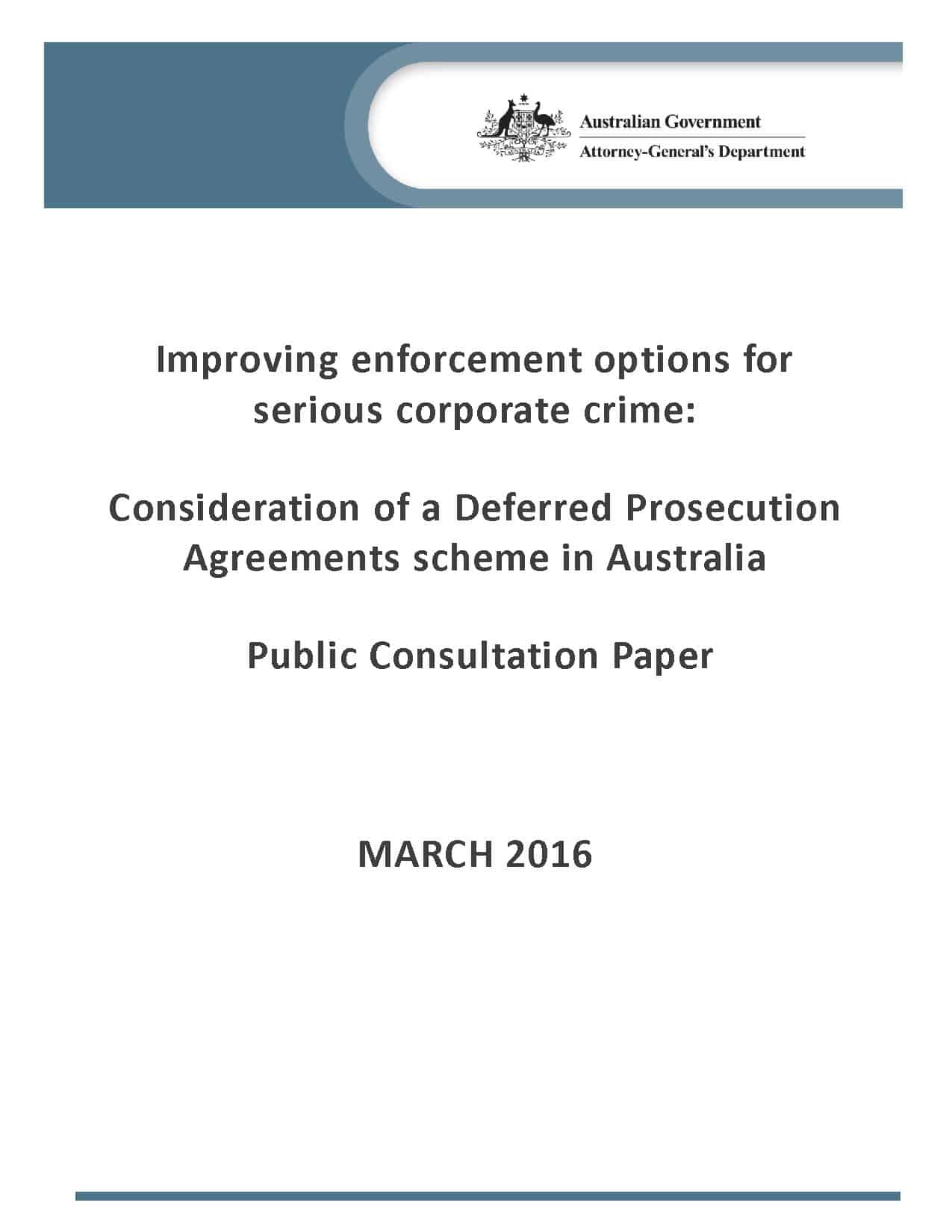 In The Restaurant at the End of the Universe Douglas Adams has a character tell a story of a ship of middle managers being sent from a supposedly doomed plant to colonise a new world. The ‘B’ Ark contains millions of
In The Restaurant at the End of the Universe Douglas Adams has a character tell a story of a ship of middle managers being sent from a supposedly doomed plant to colonise a new world. The ‘B’ Ark contains millions of
“Hairdressers, tired TV producers, insurance salesmen, personnel officers, security guards, public relations executives, management consultants,….”
I think occupational health and safety (OHS) professionals are lucky they were not included in the list because many people consider OHS professionals to be little more than a nuisance. Continue reading “Are OHS professionals on the ‘B’ Ark?”




 The 2016
The 2016